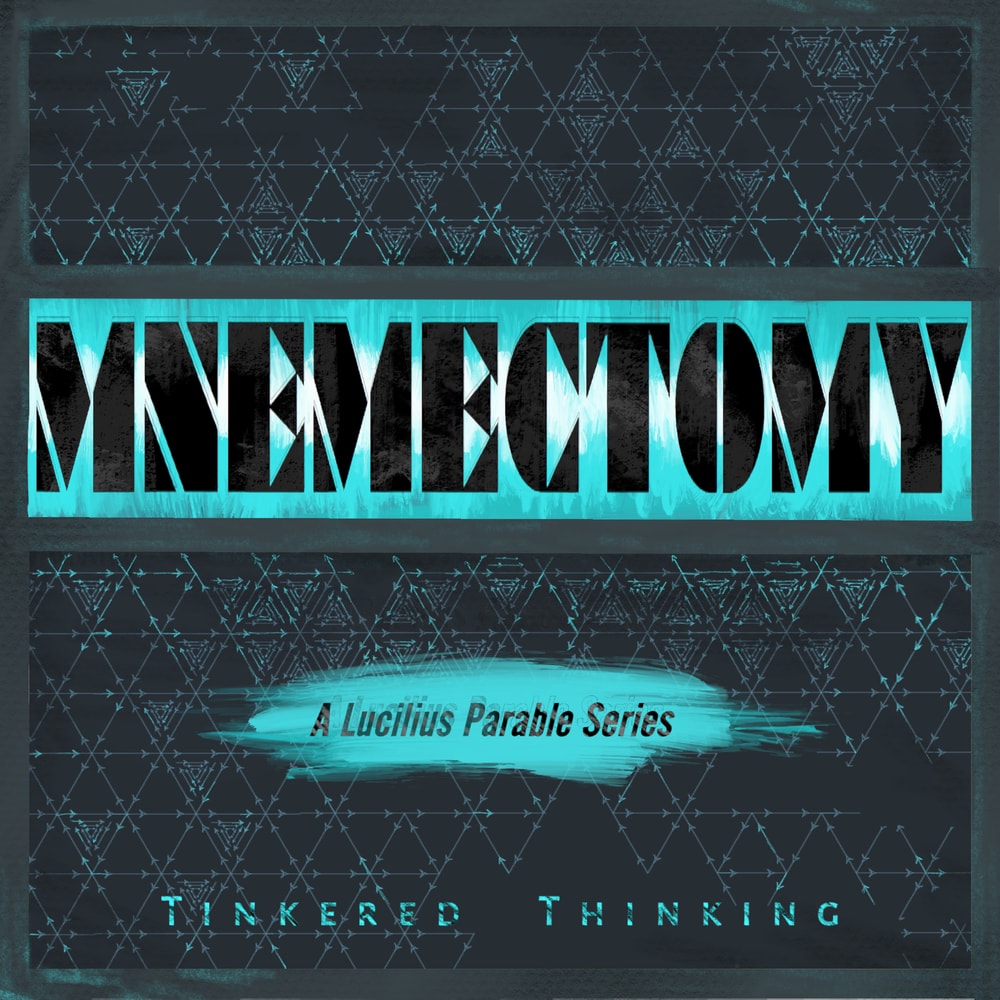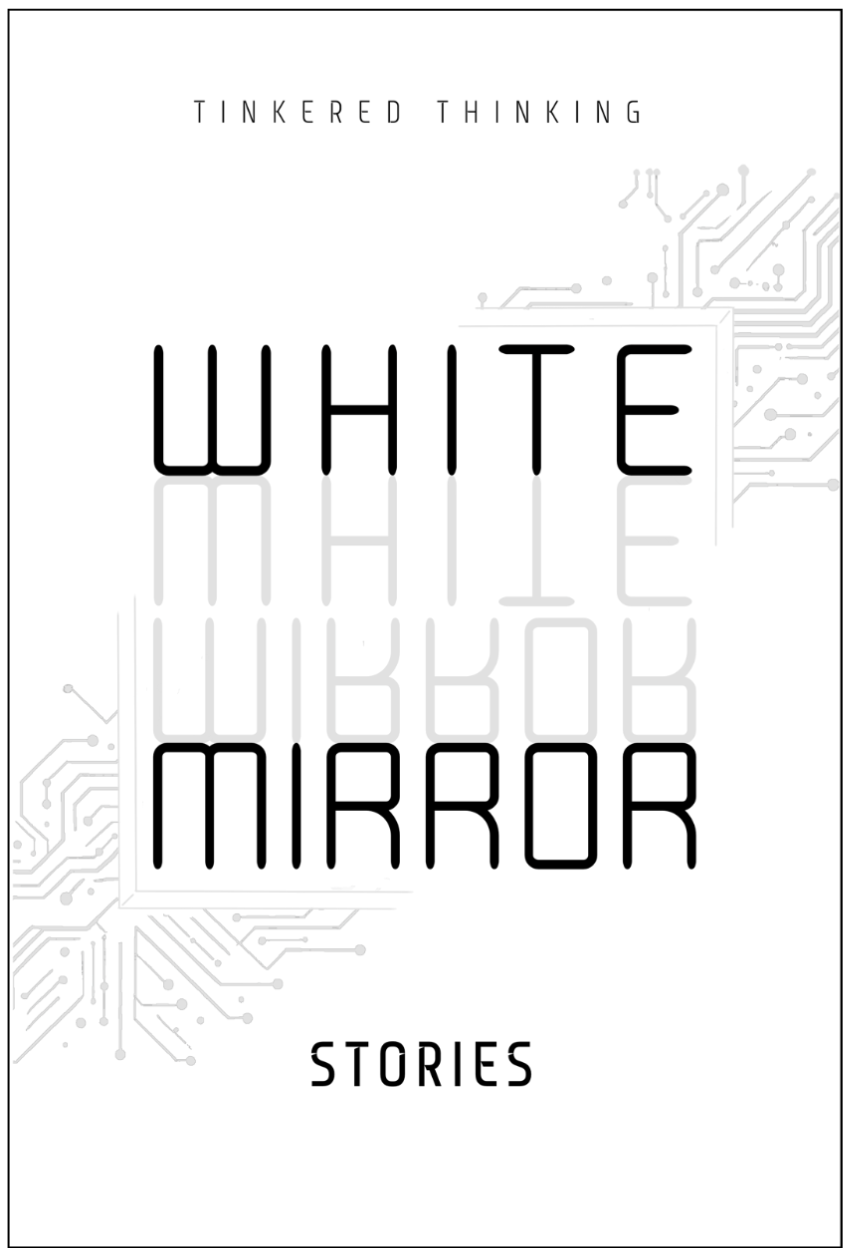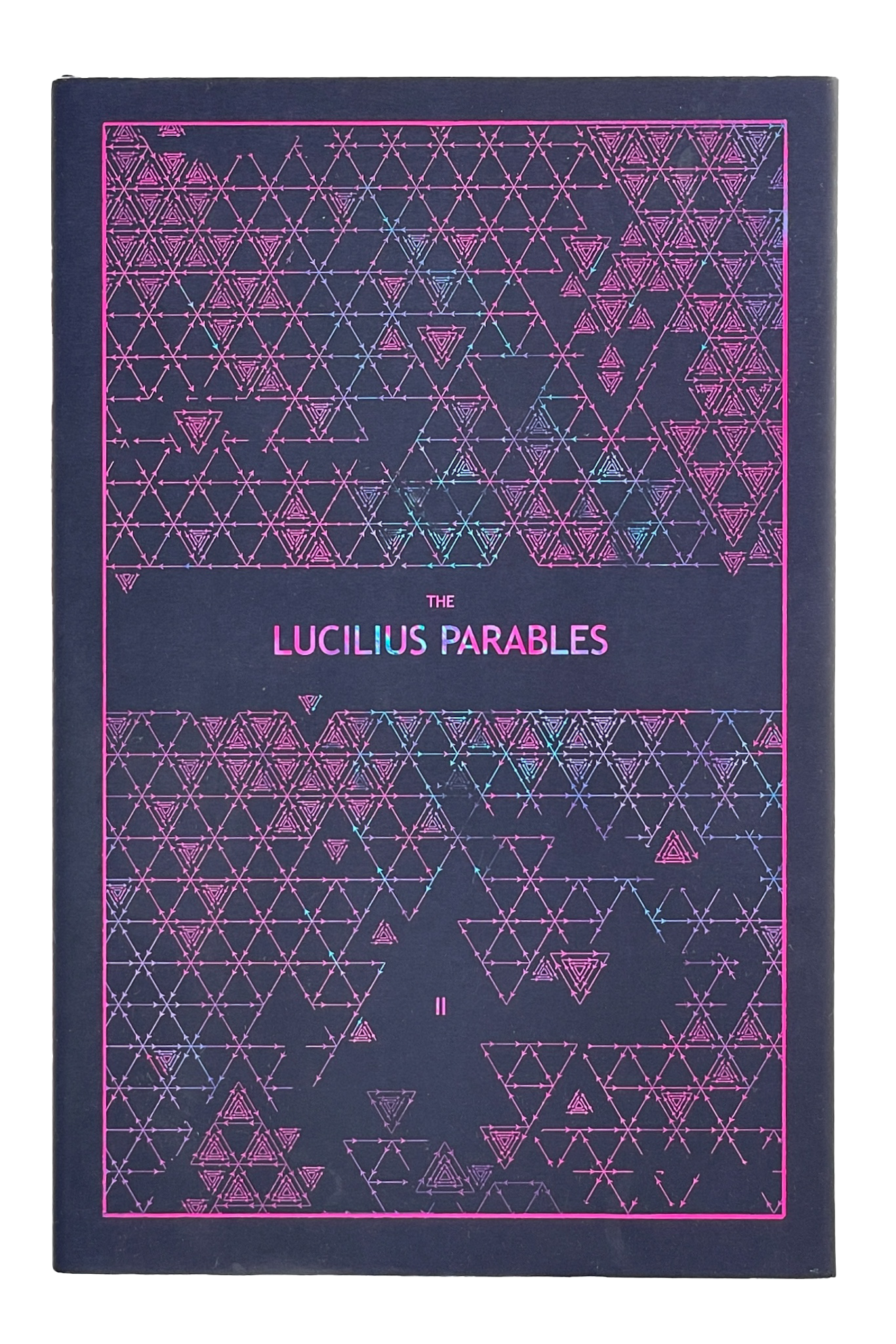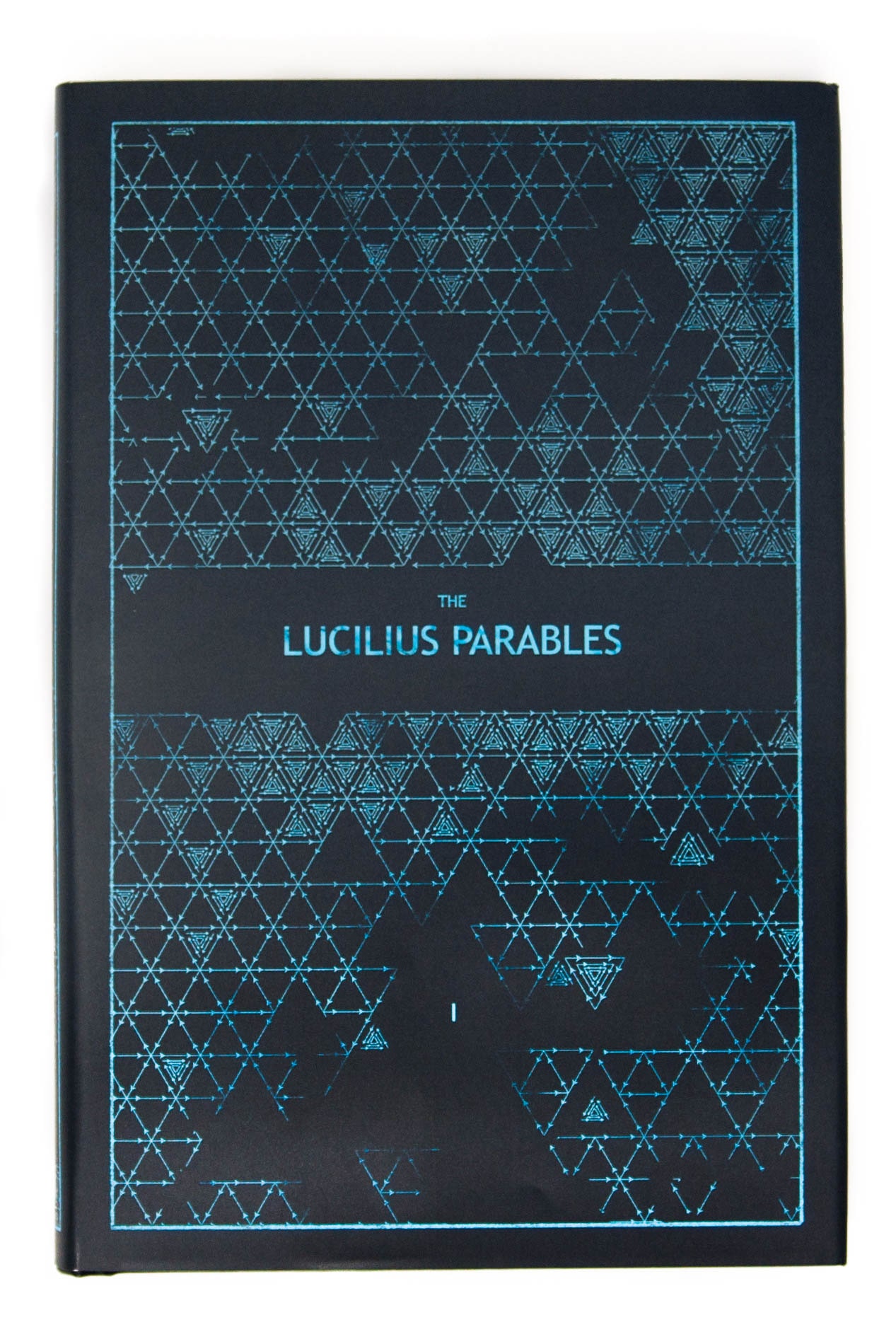Daily, snackable writings to spur changes in thinking.
Building a blueprint for a better brain by tinkering with the code.
subscribe
rss Feeds
SPIN CHESS
A Chess app from Tinkered Thinking featuring a variant of chess that bridges all skill levels!
REPAUSE
A meditation app is forthcoming. Stay Tuned.
CONSCIOUS GLOSS
December 8th, 2020
Pet peeves are a particularly pernicious part of human psychology. Merely having a pet peeve seems to be an act of deliberate self-torture. It certainly can’t be masochistic because the activation of a pet peeve is universally regarded as a particularly unwanted grating of nerves. But with just the smallest pause to consider, the source mechanism for this annoyance is very easy to locate. It’s certainly not located in or around that external phenomenon that is driving our own mind crazy. No, any pet peeve is a feature of the mind that gets annoyed.
Consider just how self-destructive this phenomenon is: say a loved one does something that becomes quite annoying over time and with exposure. There’s likely no intention to be annoying on the part of this person. The pet peeve develops within the observer, and yet how do we try to solve this? Do we try to edit the issue at the source - that source being our own mind where the pet peeve actually exists? No, we try to change other people to suit our constantly shifting fickle mind, and then of course the game of squashing pet peeves becomes a never-ending game of whack-a-mol, and soon enough a loved one has a terrible impression of themselves as simply a constant source of annoyance, despite not an iota of intention.
Most of our self-destructive behaviors function on this structure. We are inspired to look for a solution in every place except where the actual problem exists. But instead of opening that flood gate wide to examine all the knotted strands that constitute the effect of stress on thinking, the problem of pet-peeves serves as a reliable proxy for much such effects. So the question begs: how exactly do you get rid of a pet peeve?
Within the discussion of love and pair-bonding, one signal of success that is often reported is the ability to gloss over unimportant flaws and to highlight the good, without ignoring truly terrible characteristics. This is a tricky balance, and one for the most part that is achieved by luck more than anything.
But, it need not always be luck. There is a way to consciously gloss over the unimportant things in a way that is actually effective. At first glance this might sound similar to the modern misconception of stoicism: to simply suppress one’s feelings on the topic. But this is the misconception. Stoicism, much like mindfulness practice in the East is about a proper integration and regulation of emotion. The result might look like a suppression. As in, something that would anger you happens to someone else and yet they still seem calm as a kitten. But this is simply ignorance to an invisible process of full emotional acknowledgement and conscious decision about how much the emotion should impact one’s reaction to the world.
The stoics had the all sorts of thought exercises to help create a frame of mind that can pull off this trick, but it was the buddhists who developed an explicit cognitive training to achieve this sort of harmony between mind and feeling. As with most everything, it’s a training that takes some time to yield results, but when the reward is a life devoid of pet peeves, it’s hard to stop that training once some of the fruits are tasted.
FUSED-SENSE READING
December 7th, 2020
In the realm of productivity, speed reading is one of the first and apparently most important skills to learn and hone. The logic is simple and a bit quaint: the information is out there, if only we can find it, consume it and integrate it. The faster such unknown information can be consumed, the sooner we are more appropriately informed, and finally, the quicker we can benefit from our own wise and fully-informed decisions. The extreme end-goal of such logic would be to ingest all of humanity’s knowledge and synthesize some kind of core secret that unlocks a vast store of agency.
While a future artificial intelligence might actually be able to do something like this, the potential for people to rapidly ingest huge amounts of text is probably a bit of a lark and a farce.
Personally, this reader always found it odd that classmates couldn’t remember the text well enough to answer certain specific questions about that text despite the claimed fact that they’d read the whole thing. What goes unnoticed in such reporting is of course how much time was spent reading the text.
Skimming is the false art of quickly looking at some text in order to pick out what is actually important. It’s a false art because how can someone skimming text know if they’ve skipped over something important or not? This is certainly possible with something like a recipe list. Skimming a list for what one is missing is a fairly straightforward task of looking for the unfamiliar. Recent interaction with a sac of flour, the butter, the sugar, the yeast makes their ready placement in memory quick to strike off the list. We skim in order to find what isn’t in memory. But when it comes to a block of text, the effort to ‘skim’ is entirely different.
Skimming text is only as telling as what actually registers, and if an argument of any legitimate nuance or complexity exists in that text, chances are it’s not just skimmed but skipped.
This is what was happening with those classmates. Then again, teachers might be vindictively incentivized to ask questions about the text that evidence whether the a student actually spent a meaningful amount of time with the text or not.
Such an arms race of ego and time requires a bit of a reset, and zooming out to check on the larger picture. We must ask:
What exactly is the point of reading in the first place?
This certainly depends on what is being read. If it’s a recipe list, then savouring the exquisitely chosen order of words is not exactly the experience we are looking for, nor is it what the author is concentrating on that case either. If it’s a classic work of fiction, then reading it at a breakneck skimming speed is likely defeating the purpose of the piece of art in the first place: no one runs through an art gallery, so why are we skimming works of art that exist on the page?
But then of course there is non-fiction: the apparently informative stuff that is written to aid others with the task of making better decisions based on an incisive picture of the topic at hand. This is where the long entrenched economics of bookselling rears an inconvenient face. Ideas come in all sorts of shapes and sizes, and yet non-fiction books generally have an eerie likelihood of hovering around a certain number of pages - a certain word count.
Is this because there is some sort of cognitive and communicative benefit to be had by torturing ideas with this procrustean bed?
It always seems like a curious tragedy when a non-fiction book gets it’s length cut. Certainly the author is more expert in the topic than the publisher, so doesn’t it follow that important content is being left out? How is it that the publisher knows more about what should be featured than the expert? Certainly there is a worthy and useful question of how to communicate that content, but to include or not include seems like a grave decision to leave to someone who is, at the end of the day, just a reader.
The opposite is more common: many books are way longer than they need to be. The core idea of most non-fiction books warrant little more than the length of an excellent essay - not hundreds of pages of fluffy extrapolation that usually just dilute the core message.
From a purely economic standpoint, it seems we don’t see any value in essays. No is really making a living off of essays. But if that essay can be plumped up with a few hundred breezy pages, then hey, we might have a New York Times Bestseller on our hands!
The actual details of mass production regarding book length are beyond the scope of treatment here, but given experience with publishing The Lucilius Parables Vol. I, it seems that there is a clear incentive against mass production of very short books or very long books. There is clearly a sweet spot that the publishing industry has found regarding length. It’s the humble conjecture of this writer that print-on-demand services are going to destroy the validity of this sweet spot once print-on-demand technology has properly scaled.
The question, however, remains: how do we read quickly without missing what is important?
There is perhaps one hack that might be legitimate, but it requires buying the book twice. The only way to speed up subvocalization of text is to quite literally speak the text way faster, but this is completely unnatural and impossible to practice without coming across like a complete lunatic. Modern audiobooks, however, present a technological hack to this bizarre task. Audiobooks can be played, often 3 or more times their normal speed and in the case of naturally slow readers, this speed of often quite larger than the pace which text is subvocalized.
But just listening to an audiobook at a quick pace doesn’t really seem to do the trick completely. It’s easy to stop listening while concentrating on a different task. And perhaps some deeply embedded listener in the brain sends up a flare to stop, rewind and properly take in an important point.
Complementing the audiobook with the actual physical book seems to have the proper multiplicative effect that people who lust after the coveted speed reading ability are after. With both eyes and ears focused on a rapidly moving text, there is double the sensory input to pick upon something that is incoming at a pace that is double or more the usual.
Reading is ultimately an act of sifting, and the slower we sift, the more thorough a job we achieve, but if we have more resources (sense) allocated to the process of sifting, then it goes to reason we can sift faster without sacrificing quality.
Our senses are these resources, and having two dedicated to a text quite literally uses different parts of the brain simultaneously to parse the same object. While the neurological details here aren’t known, the logic seems sound: two hands wash the dishes far faster than just one hand. Reading with both the eyes and the ears, with the audiobook input pushing the eyes to keep up creates a reading ability that operates with fused senses.
There are other benefits to Fused-Sense Reading that aren’t all that obvious. For example, with a little practice, it becomes possible to linger on a line visually, while the audiobook zooms along, perhaps to highlight the line, or write in a note, and then instantly pick up the audiobook’s place lower on the page. Even while writing a note, the audiobook is still fairly understandable, at least enough to know if that small portion should be investigated with more depth. Think about how this usually happens without an audiobook. We completely stop the task of reading in order to maintain hand-eye-coordination to highlight or jot down a note. With the audiobook, we continue reading while the eyes handle this necessary but ultimately mundane task.
The same applies to other things, as when something in the environment becomes distracting. Where as normally we can forget there’s a book in our hands and get lost in the distraction, that audio playing is a constant jog to pay attention or lose the thread. Inundating the senses doubly in this way seems to raise the likelihood and quality of focus. With the physical book in hand, we are tasked with trying to keep up the pace visually, and this requires actually listening. Whereas with just an audiobook, we merely listen without any auxiliary need to pay constant attention. We can become distracted, fail to hear, and then tune back in without any incentive to back up - it’s the equivalent of skipping by skimming when we attempt to ‘speed read’. But this doesn’t happen when the physical book is present because if the audiobook gets too far ahead, the whole enterprise becomes decoupled, and the incentive against this in practice is quite strong.
The key to this Fused-Sense Reading is the consistent, high speed possible with an audiobook. Whereas the eyes may grow slow reading on their own, and the ears might fail to listen, the combination forces a high, consistent input. This also allows for the reading of full books to be more accurately planned out. A 700 page book on neuroendocrinology need not take an epic on-off battle of months and even years, but merely a couple dozen mornings of hours sprints with both the eyes and the ears tuned in at a generous clip.
A LUCILIUS PARABLE: FOILED TRY
December 6th, 2020
Lucilius entered the enormous hardware store and vaguely looked around at the towering isles of lumber, tools, hardware and other supplies. Banner signs hung with an assorted lists of items, but Lucilius couldn’t see any that sparked a connection to his issue. He looked down at the gadget he’d removed from a machine he was trying to fix and wondered exactly how to phrase the issue he was having.
Frankly, the issue was that Lucilius didn’t know the word for the piece he seemed to need, but the parts involved seem to indicate it’s phantom shape.
He wandered past the isles until one seemed to offer hardware similar to the size and shape of the thing he needed. He scanned the shelves as he slowly made his way down the aisle until nearly bumping into someone who clearly worked at the store.
“Excuse me,” Lucilius primed. “I was wondering if you could help me figure out the piece that’s missing here?”
The worker looked down at the gadgetry that Lucilius was holding.
“Oh, easy,” the worker said. “Check aisle 33, there should be someone there to show you where it is.”
“Fantastic,” Lucilius said. “Thank you.
After walking nearly the length of the warehouse-sized store, he found aisle 33 and luckily there was another worker cataloguing items.
“Excuse me, I was told by one of your colleagues that the piece I’m looking for is in this aisle and that I should talk to you.”
The worker took the piece of hardware from Lucilius and turned it over, looking at it’s design, it’s connections and fixtures.
“Yea, I don’t know who you were talking too, but you need aisle 11.”
Lucilius was momentarily dismayed, but it wasn’t a dead end. So he took back the piece, thanked the worker and backtracked until he found aisle 11. He was in luck, there was a third worker in this aisle, and again he went through the charade.
“Excuse me, I’m looking for a piece to make this work. Someone ins aside 33 sent me here.”
The worker took the piece from Lucilius and turned it over. “Hmm, strange they sent you here, you need aisle 9.”
By this point Lucilius was beginning to feel a bit exasperated. But he took back the piece and walked off, failing to thank the worker, and feeling only the slimmest bit of comfort that aisle 9 was a lot closer. But when he arrived at aisle 9 his heart sank: it was the very first place he’d started and asked for help. But this time there was a different worker scanning the shelves - an older gentleman with a tailored moustache.
“Excuse me,” Lucilius asked a bit more brusquely than he’d intended. “But I’ve been running around this store on a bit of a goose chase looking for a piece to fix this thing, and everyone here keeps telling me it’s somewhere else.”
The older gentleman took a moment to look a Lucilius over the rims of his spectacles. There was a slight and bemused smile bending up against the moustache.
“That so?” The old man said, momentarily looking back at the task he was at, organizing some dissolved merchandise on a shelf.
“Yea, and I actually started here, but I was talking to someone different, obviously.”
The older man glanced quickly at the gadgetry that Lucilius held. “Do you know what you’ve got there?”
Lucilius hesitated. “Well, no. I pulled it from a machine I’m trying to fix.”
“I can see that,” the older man said, now turning to Lucilius. He held out his hand for the piece and Lucilius gave it to him.
“Let’s see,” the old man continued. “I’ve got about a 50-50 shot at guessing correctly.” The old man twisted an end of his moustache. “I be the person in this aisle sent you to aisle 33?”
“How’d you know that?”
The old man was further bemused. “And did you come here from aisle 11?”
“Yea, how’d you know?”
The old man raised the piece and pointed to a specific spot. “And let me guess, you’re looking for the piece that goes right here?”
“Yes!” Lucilius exclaimed, “Finally, someone who knows what they are talking about.”
The old man was smiling. He turned the piece and pointed to another fixture. “This connection is used in boilers, which is why you were sent to aisle 33, but the guy there probably didn’t think you were looking for a brand new boiler to hook up to a boiler part. He sent you off to aisle 9 because this part which it looks like you removed is over there.” The old man turned the piece again and pointed at a new spot. “But that just needs to be removed to get this thing off of the machine, I’m pretty sure.”
Lucilius nodded. “Yea, that’s right.”
“Commonly used, but it’s a feature of the male end, not the female end here, so the guy in aisle 9 sent you here assuming you needed this.” The old man pulled something off the shelf and clicked it on to the gadget. “But, I’m guessing you have that piece too?”
“Yea, I didn’t bring it.”
“And it’s the missing piece that goes right there that you’re looking for?” The man pointed to a specific spot.
“Yes, exactly.”
“So it seems everyone was doing their job just fine, given what they were handed.”
“I guess,” Lucilius fretted, “but I don’t know what any of these pieces are called.”
“Simple enough mistake.”
“So now that I’ve finally found someone who understands what I’m after, where can I find it?”
The old man sighed with a larger smile.
“Well, that’s the biggest reason why no one here assumed you were talking about it: specialty part, we don’t carry it.”
SUBTLE NECESSITIES
December 5th, 2020
The importance of some crucial aspects of living aren’t obvious. Much of this phenomenon has to do with our absurd ability to adjust to new situations, to get accustomed to new normals and to a large degree forget the way an older and better situation felt.
Sleep is a great example. Go a few weeks without a solid night of sleep and days of constant drudge become the normal and the sense and feeling of what a well rested mind feels like can quickly be forgotten.
Diet often slides in the same way. A few unwise meal choices sink into a habit of vapid pleasure, which compounds and soon enough the body’s definition dissolves as the pounds mount.
The insidious factor at the core of this sort of slide into mediocrity is that the feelings surrounding the experience normalize with exposure, and what is actually quite bad eventually feels…fine. It’s possible and quite common to go years upon years with little sleep and very poor diet. Such people don’t notice just how bad the situation is because they can’t feel just how much better the situation could be.
Again, this points at the need to develop and foster a healthy suspicion of one’s own feelings. They do not guide us toward better ways of living. If that were the case we’d all be billionaires with six-packs, but that’s most definitely not happening. All things considered, it seems that more than anything, feelings shift to justify the present. Thoughtful consideration is the only real tool we have to combat the seductive mediocrity of our own feelings. It’s a thought that wonders about how much better things could be that holds a threatening edge to the feelings that try to cement the current situation.
That ability to apply thoughtful consideration to the situation runs amok if it results in simple day-dreaming of an extravagant and luxurious life. The gulf is too great, blind of any stepping stones that might lead in that direction. The first consideration should be of necessities ignored, one’s that have grown subtle due to long absence, like the feeling of a well slept mind, a body fed with proper nutrition, and many other subtle necessities that fill our common sense but fail to be captured by the feelings of the present.
INITIAL CONDITIONS
December 4th, 2020
It’s virtually a miracle if a person can do anything before a cup of coffee. Some have a whole routine before the conditions are right to tackle the day. And others never even get started because the conditions required never arrive, and worse, such people simply aren’t clear on what those conditions are, what they should be or could be.
The initial conditions for a person to do something hinges on a feeling. And for those who never even make an attempt, it just never feels right. The big secret known by all go-getters is that the feeling is a phantom - it just doesn’t exist. The movers and shakers are equipped with a counter-intuitive function: they do things despite not feeling like it. When the intuitive idea of what to do is to take it easy, relax and plan a little more before making a move, the doer has realized the necessity for having a healthy suspicion of such feelings.
Pause for a moment to notice just how insidious this self-subterfuge of thought: we feel lazy, but a thought gives birth to another feeling: a sense of suspicion. The thinking mind can pit a new emotion against another. This is how a person gets going with no motivation, with a feeling that perhaps the perfect conditions and a sense of drive actually aren’t necessary.
The raw ingredients are often just time, and the space to do what needs to be done. Waiting for feelings to align with that wondrous gift is to waste that gift. Feelings are fickle, especially when we hope for those feelings to be aligned with our laborious aims.
In terms of feelings, they’re always a bit of a mess and far from ideal in the beginning, but after - after the work has been done, and something has been accomplished - that’s when the feelings finally fall in line and suddenly things are good, things finally feel, just right.
-compressed.jpg)





